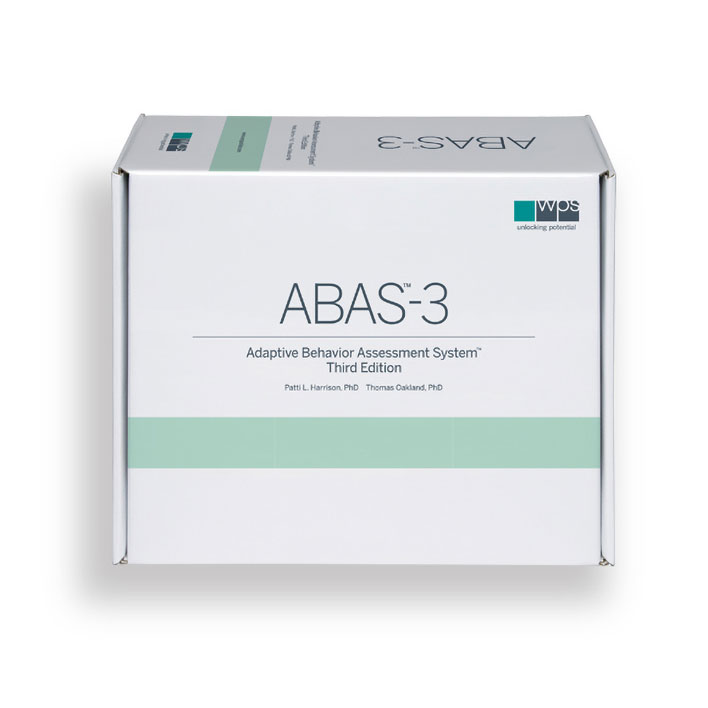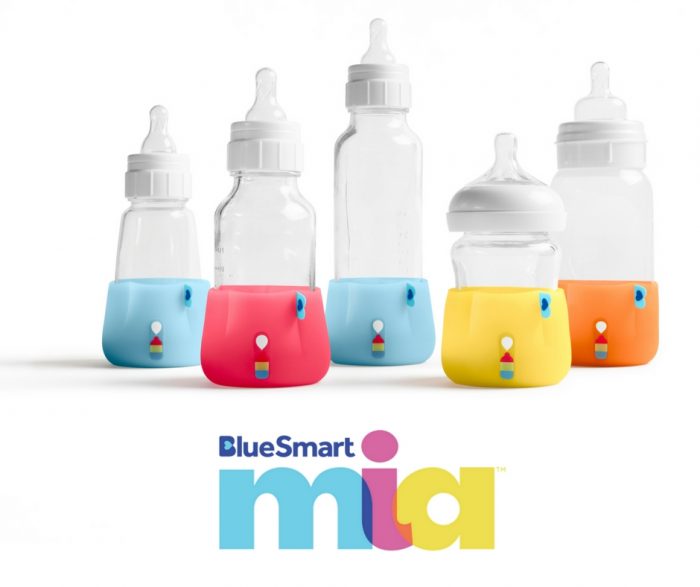These Are the ABAS-3 Adaptive Skill Areas
The Adaptive Behavior Assessment System, Third Edition (ABAS-3) evaluates the adaptive skills needed to interact care for oneself, respond to others, and meet environmental demands at home, school, work, and in the community. There are three levels at which the ABAS-3 can measure adaptive behavior. These levels are:
- General Adaptive Composite (GAC)
- Three adaptive domains (conceptual, social, and practical)
- Adaptive skill areas (community use, communication, functional academics, home and school living, leisure, health and safety, self-direction, self-care, work, motor, and social)
Descriptions for each adaptive skill area follows:
- Communication
This adaptive skill area evaluates speech, language, and listening skills needed that are necessary for effectively communicating with other people. It includes vocabulary, responding to questions, conversation skills, and nonverbal communication skills.
- Functional (Pre-) Academics
This adaptive skill area evaluates the basic skills that form the foundations for mathematics, reading, writing, and other academic skills needed to function independently on a daily basis. That includes recognizing letters, drawing simple shapes, counting, measuring, telling time, and writing notes and letters.
- Self-Direction
This adaptiveThe self-direction skill area evaluates the those skills needed for personal responsibility, independence, and self-control. That includes starting and completing tasks, making choices, following directions, and sticking to a daily routine.
- Leisure
This adaptive skill area evaluates the skills needed to plan and engage in leisure and activities, like such as playing with toys, playing with others, following rules in games, and engaging in recreational activities at home.
- Social
This adaptive skill area evaluates the skills needed to interact socially and get along with other people. This includes skills related to, including having friends, showing and recognizing emotions, expressing affection, using manners, and assisting others.
- Community Use
This adaptiveThe community use skill area evaluates the skills needed for functioning and performing important behaviors in the community, such as like expressing interest in activities outside the home, getting around in the community, and recognizing different facilities.
- Home/School Living
This adaptive skill area evaluates the those skills needed that are necessary for basic care of a home, school, or classroom setting. That They includes straightening, cleaning, helping with classroom or household tasks, and taking care of personal possessions.
- Health and Safety
This adaptive skill area evaluates the skills needed for staying healthy, protecting one’s health, and responding to illness or injury in an appropriate manner. That includes using medicine, following safety rules, staying out of physical danger, and showing caution.
- Self-Care
This adaptiveThe self-care skill area evaluates the skills needed for everyday personal care like dressing, bathing, eating, grooming, toileting, and hygiene.
- Motor
This adaptive skill area evaluates the skills needed required for basic fine and gross motor skills that an individual needs for manipulating the environment, developing complex skills like those used in sports, and locomotion. That The area includes skills like standing, walking, sitting, kicking, and fine motor control.
- Work
This adaptive skill area evaluates the skills needed necessary for holding a part-time or full-time job and successful functioning in that job. It includes working with supervisors, completing work tasks, and following a work schedule.
The ABAS-3 and other assessments can be found at the WPS website.




